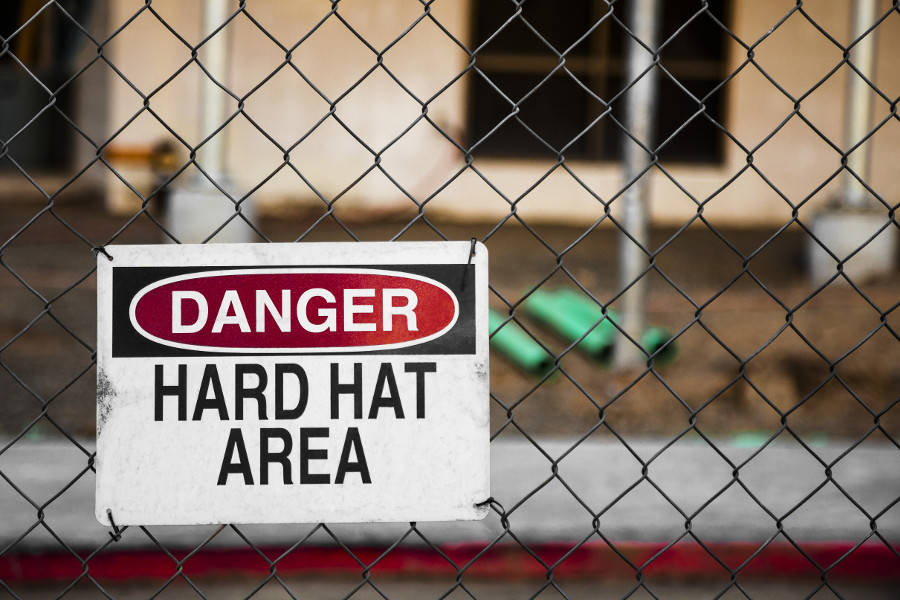They said it, they meant it, and they’re following through.
According to Politico, the rate of Stop Work Orders issued in 2016 to date is growing faster than the rate of construction. Over 4,500 Stop Work Orders have been issued by the Department of Buildings since January 2016, halting work at job sites across the five boroughs. This number illustrates a 23% increase over last year, compared to a 25% increase for new construction permits over four years.
Stop Work Orders bar ongoing construction at a site until the Order is lifted. They may be issued for an entire worksite, a particular type of work at the site, or for a partial area of the site. Open Stop Work Orders can be seen on a building’s record, and may halt a transaction, refinance, or issuance of a Certificate of Occupancy (in addition to costs associated with construction delays).
Lifting a Stop Work Order involves correcting worksite conditions and getting a re-inspection from the issuing unit. Any associated violations must also be certified correct and paid. Violating a Stop Work Order can result in penalties from $5,000 – $10,000.
As a reminder, Stop Work Orders may be used as a barometer for the DOB to initiate site checks and sweeps against contractors with a history of infractions. You can reduce the risk of getting a Stop Work Order by vetting your contractor teams, working with them to ensure work site compliance, and by responding swiftly to any DOB-related complaints.



